- About us
- Support the Gallery
- Venue hire
- Publications
- Research library
- Organisation chart
- Employment
- Contact us
- Make a booking
- Onsite programs
- Online programs
- School visit information
- Learning resources
- Little Darlings
- Professional learning

Penelope Grist finds photographer Matt Nettheim re-visiting a formative and fulfilling career tram stop.
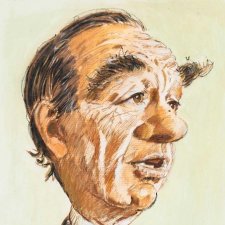
A collection of thirty-seven caricatures by the artist Joe Greenberg capture the heroes and villians of Australian business in the 1980s.
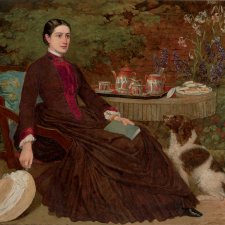
Malcolm Robertson tells the family history of one of Australia's earliest patrons of the arts, his Scottish born great great great grandfather, William Robertson.
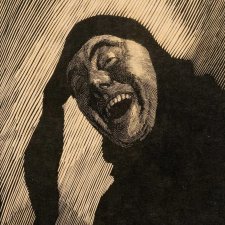
Michelle Fracaro describes Lionel Lindsay's woodcut The Jester (self-portrait).

Sir William Dobell painted the portraits of Sir Charles Lloyd Jones and Sir Hudson Fysh, who did much to promote the image of Australia in this country and abroad.
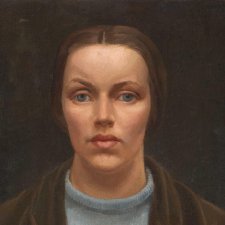
National Portrait Gallery director Karen Quinlan AM nominates her quintet of favourites from the collection, with early twentieth-century ‘selfies’ filling the roster.
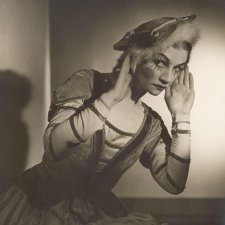
Gael Newton delves into the life and art of renowned Australian photographer, Max Dupain.
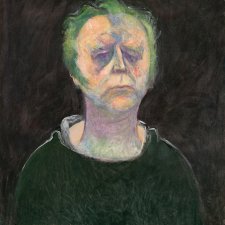
Diana O’Neil on Noel Counihan’s vivid 1971 portrait of Alan Marshall.

Gillian Raymond investigates the history of humanoid robots and asks, is this the future of portraiture?
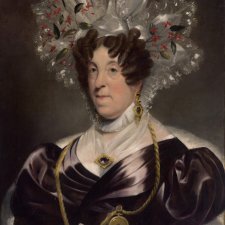
Joanna Gilmour describes how colonial portraitists found the perfect market among social status seeking Sydneysiders.
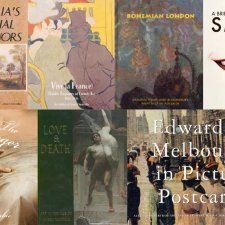
The first index I created was for my first book, and, to my astonishment, that was almost twenty-five years ago.

In their own words lead researcher Louise Maher on the novel project that lets the Gallery’s portraits speak for themselves.
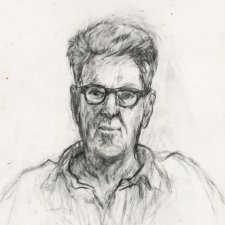
Sarah Engledow looks at three decades of Nicholas Harding's portraiture.
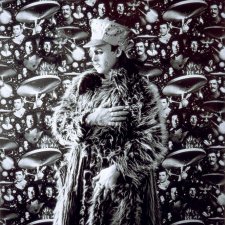
Dr Sarah Engledow writes about the larger-than-life Australian performance artist, Leigh Bowery.
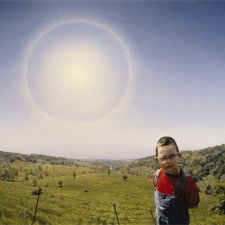
Australia's former Cultural Attache to the USA, Ron Ramsey, describes the mood at the opening week of the revitalised American National Portrait Gallery.
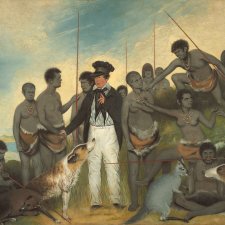
Gareth Knapman explores the politics and opportunism behind the portraits of Tasmania’s Black War.